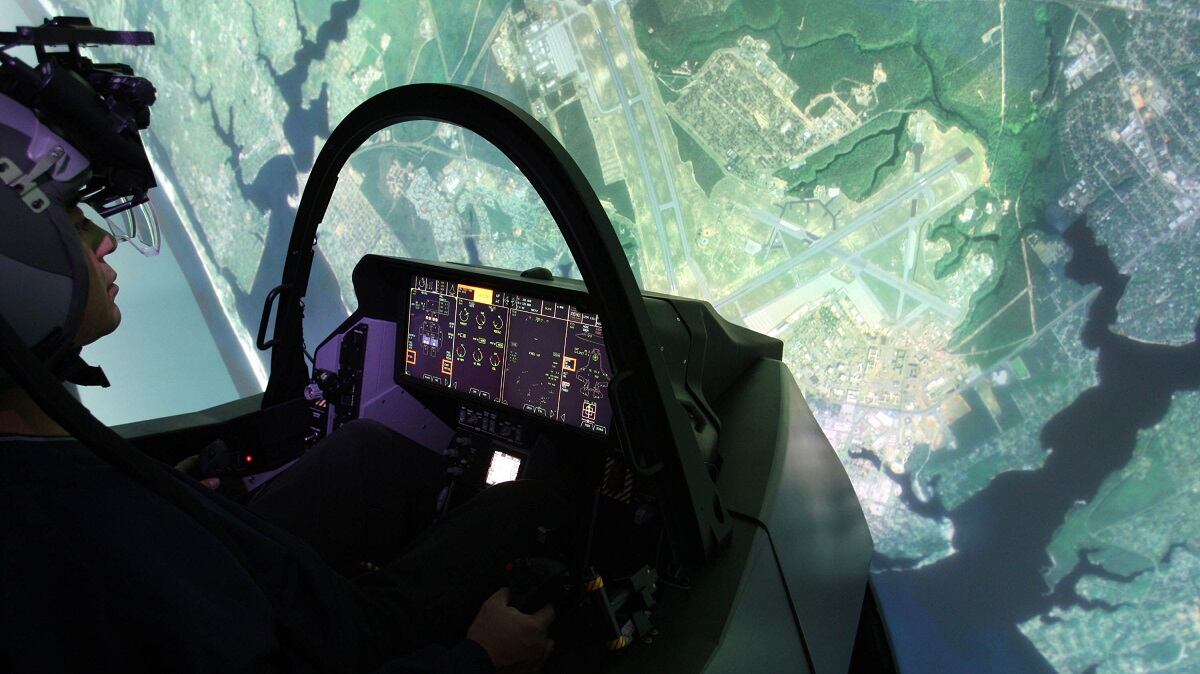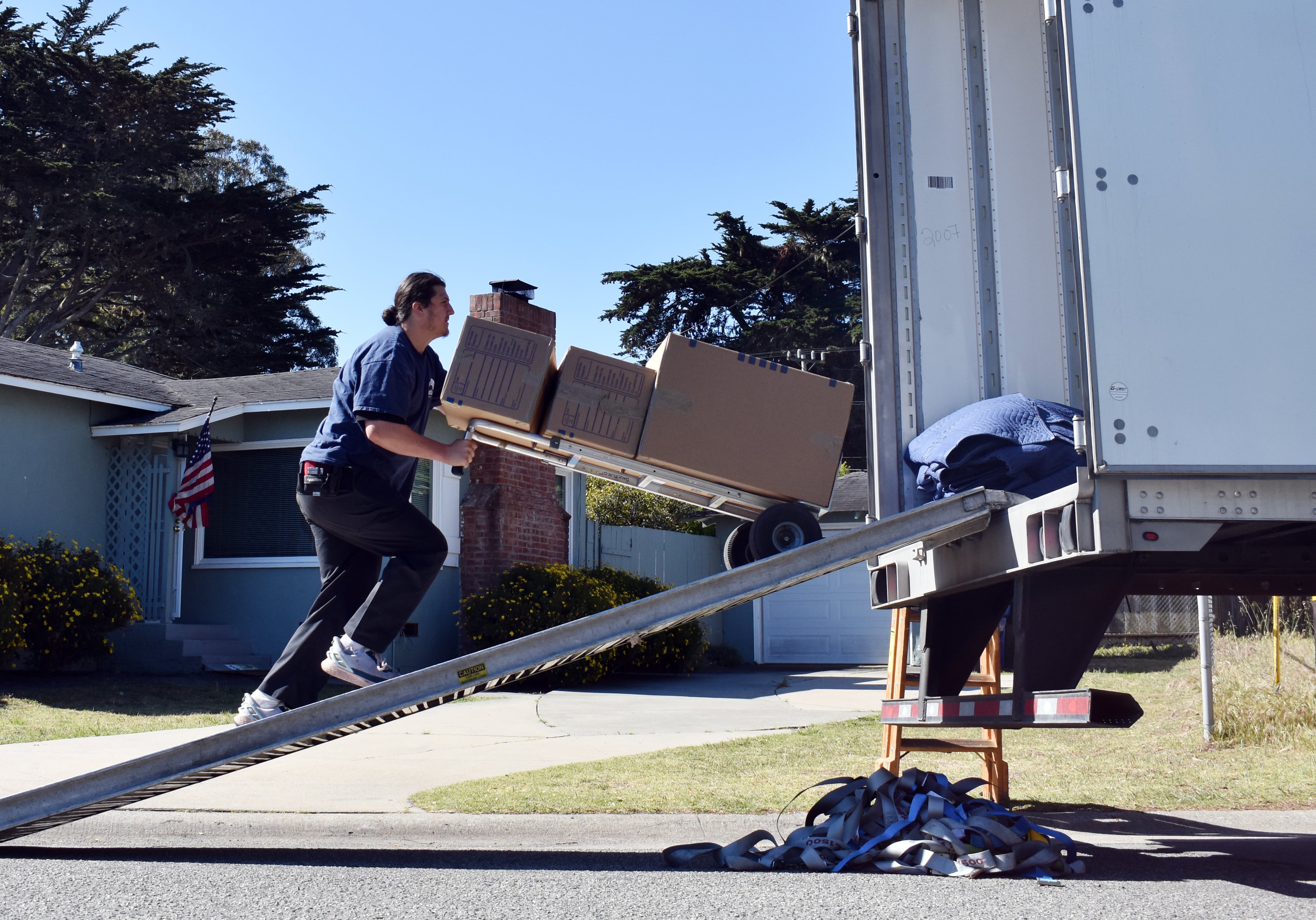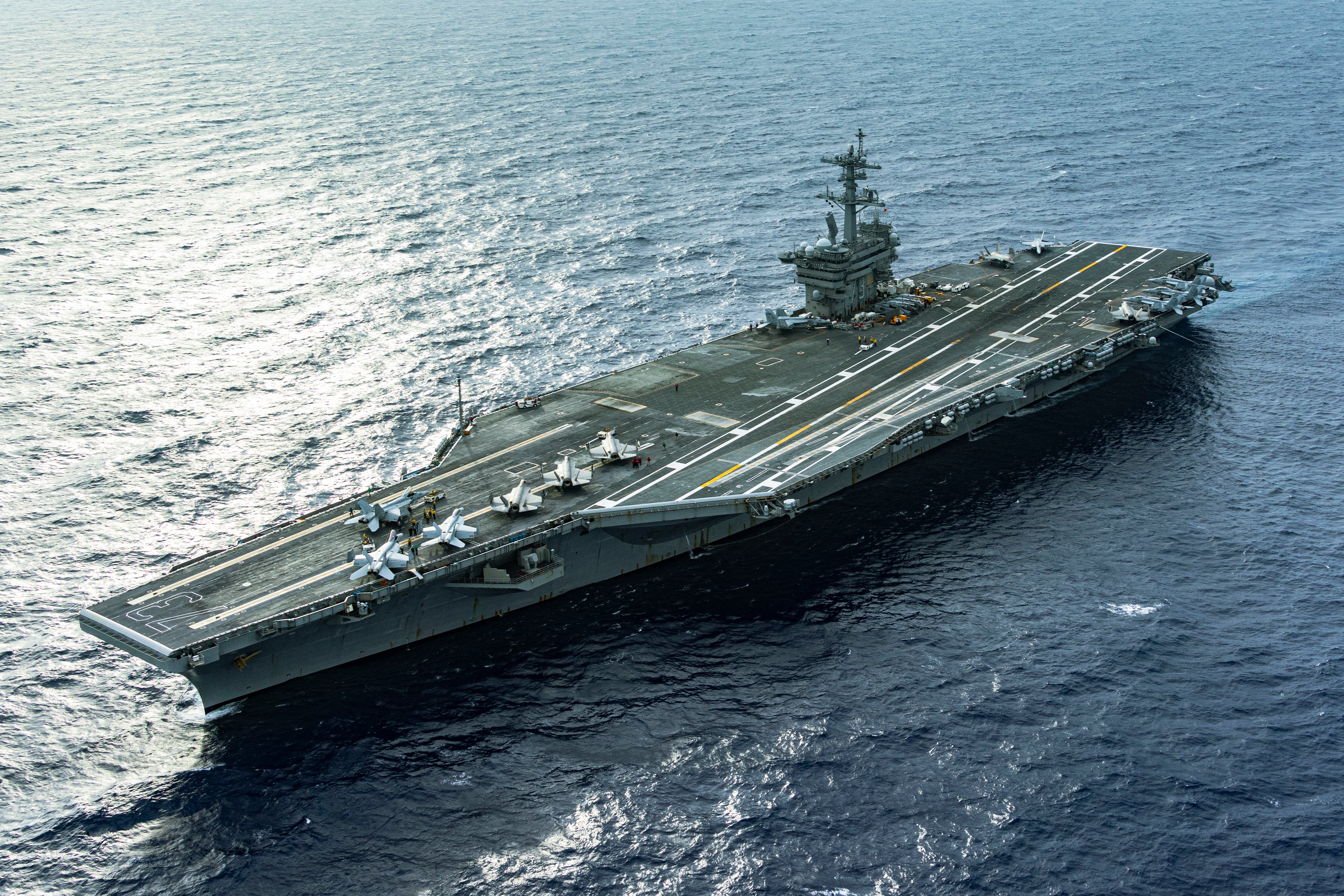Despite an email to airmen that discussed the potential for enlisted members to fly combat aircraft, the Air Force is now insisting that it is focused solely on studying how airmen learn.
Air Education and Training Command said in a Thursday release that although its new Pilot Training Next program will include some enlisted airmen, it is not intended to create enlisted aviators.
In the release, AETC said that the program is meant to study how the Air Force can help people learn more quickly and effectively, using immersive technologies such as virtual and augmented reality. The program, scheduled to begin in February, will include 15 officers and five enlisted airmen without college degrees.
The release from AETC comes just days after an email surfaced online earlier this week suggesting that the command was interested in using the program to gauge the potential for enlisted airmen to learn to fly.
In the email, Second Air Force commander Maj. Gen. Timothy Leahy said that the program “will provide data to the AETC commander on the potential for enlisted members to train to fly modern combat aircraft.”
Leahy also said in the email that successful candidates in the six-month program will fly solo in T-6 trainers.
“Enlisted volunteers will be pioneers in innovating Air Force aviator recruitment, selection and training processes by demonstrating the potential of non-college graduates to succeed in a rigorous pilot training environment,” Leahy said.
RELATED

Lt. Col. Robert Vicars, the director for the new program, said in the Thursday release from AETC that enlisted participants will move on to their predetermined technical training after the program, not undergraduate pilot training, like the officer participants. An Air Force spokesperson did not make that distinction in an interview earlier this week with Air Force Times.
“Selecting enlisted members to fill the non-college student role is not intended to develop enlisted aviators,” Vicars said. “In this selection model, we can pool the data to determine what qualities, habits of mind and patterns of thought equal success in the flying training environment. We are then able to filter that data to develop simulators, apps and testing tools to pull in the very best talent.”
AETC commander Lt. Gen. Steven Kwast said that the program focused on pilot training because of the urgency involved with that career field. The Air Force is struggling with an alarming shortfall in its pilot ranks that has prompted it to roll out a wide variety of initiatives to correct it.
“However, our focus is on how airmen learn, not necessarily what they learn, exploring technology and how that technology can produce better and faster learning,” Kwast said.
Vicars said that AETC wants to build an “intelligent tutor” that monitors students and learns how better to teach them.
“It will track their biometrics and understand the stress level they are under to optimize the learning environment for the individual and put them under the right amount of stress to create learning,” Vicars said.
AETC decided to specifically include enlisted airmen who hadn’t graduated college to make sure the program has a pool of students from a variety of different learning backgrounds. The enlisted airmen chosen for the program will come from a pool of airmen who recently completed basic training.
AETC said that the program seeks to revolutionize training and make “a more efficient path to pilots earning their wings.”
“If we do this right, and the students learn all the functional competency sets, as well as key and critical learning objectives and skills, then we would expect to be able to pin wings on them,” Vicars said.
Stephen Losey is the air warfare reporter for Defense News. He previously covered leadership and personnel issues at Air Force Times, and the Pentagon, special operations and air warfare at Military.com. He has traveled to the Middle East to cover U.S. Air Force operations.









